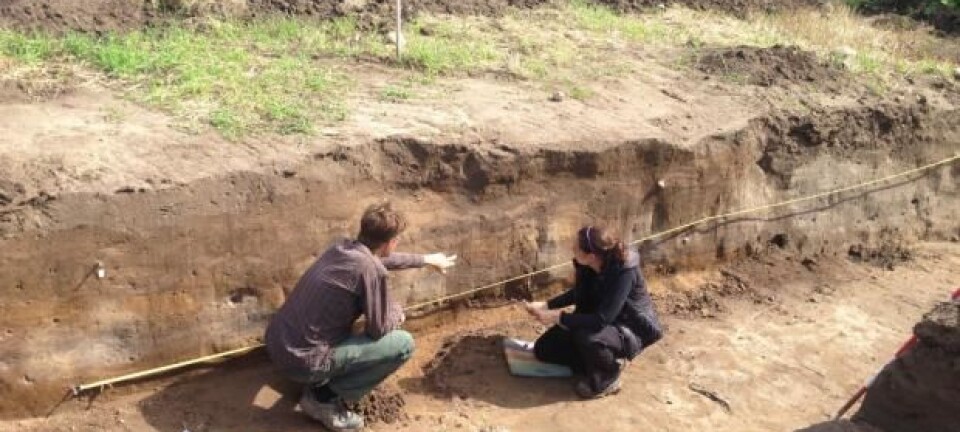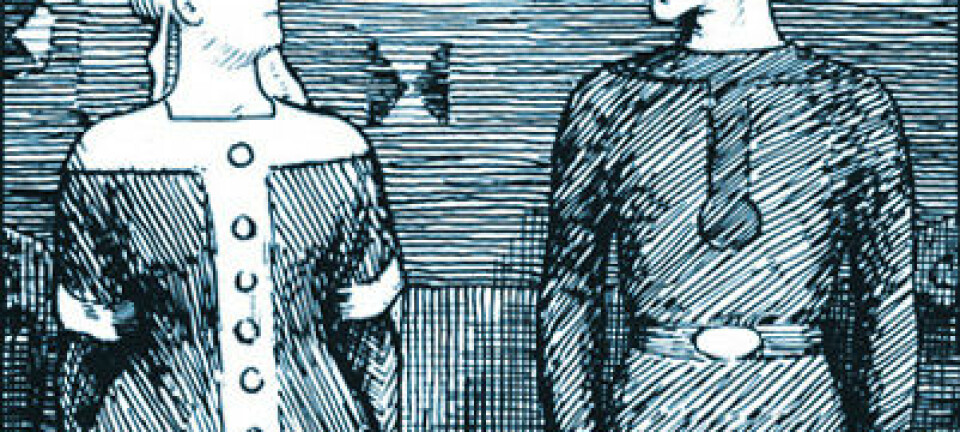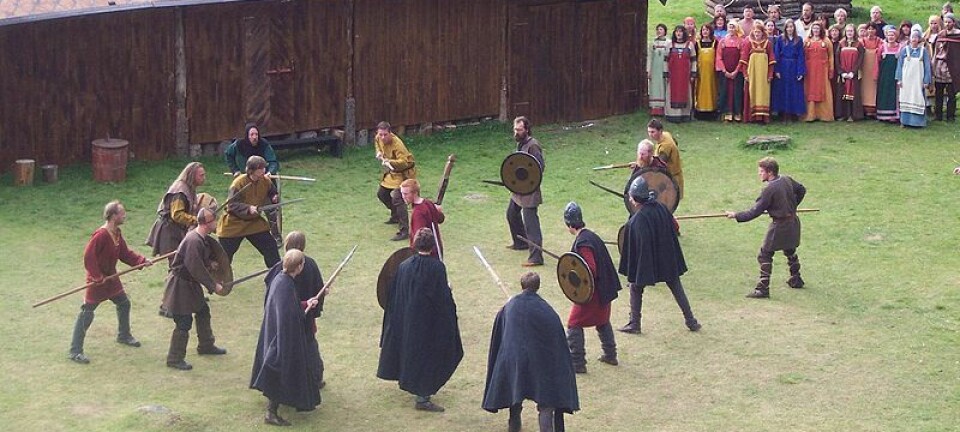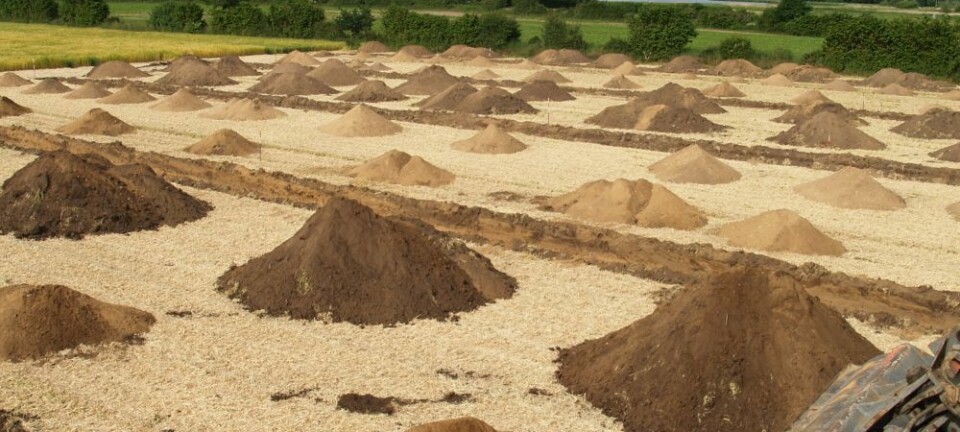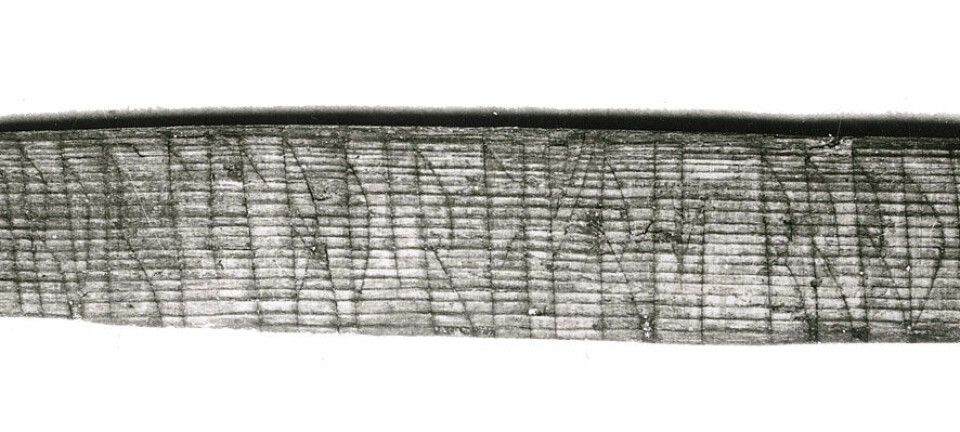
Evidence found: Harald Bluetooth built Viking fortress
A few months ago, the find of a hidden ringfort in Denmark created great excitement among archaeologists all over the world. Now archaeologists have finally concluded that it is, in fact, a Viking fortress. But was it Harald Bluetooth's?
It was certainly spectacular when in September 2014 a group of archaeologists were able to reveal that they had found the remains of a Viking fortress unknown until now.
Now researchers have carried out the first carbon 14 analysis, which confirms that the fortress was built between 900 and 1000.
"Now we know, without any doubt, that what we found is a tenth century fortress," says museum curator and archaeologist Nanna Holm of the Danish Castle Centre.
The material for carbon dating was taken from the outer growth ring of the charred tree trunks found in the northern gate of the fortress. Two samples produced the same result.
Legendary king may have been a builder
The construction of the fortress, Vallø, gave the archaeologists a strong indication that it originates from Viking times.
"It's too early to say whether it was Harald Bluetooth's Castle. However, the things we have discovered about the fortress, during excavations, all point in this direction," says Søren Sindbæk, Professor of Mediaeval Archaeology at Aarhus University.
The fortress is built using three building techniques, which other other circular fortresses, e.g. Fyrkat and Trelleborg, also rely on. These, archaeologists are convinced, were built by Harald Bluetooth.
- The ramparts surrounding the castle are held together by a complex timber skeleton.
- A timbered street within the rampart resembles those found in the other fortresses.
- Levelling of the terrain was carried out before the fortress was built. This was a big job, because the workers would have had to take off the surface soil as well as removing the turf. Similar levelling is seen at the fortress “Fyrkat”, and only in the Viking age.
New analysis indicates date of birth
This latest carbon analysis was able to narrow the construction date to a period of a hundred years, although further finds at Vallø fortress will form the basis for further analyses.
"We already know there's a good chance of finding conclusive evidence within the coming year," says Sindbæk, who explains that the next step is to carry out a dendrochronological analysis, which is more precise than carbon dating.
Harald Bluetooth reigned during the period 958 to 987. If the results of the dendrochronological analysis shows dates within this period, then fortress was most likely built by him.
However, Professor Sindbæk would not deny that others could have built a similar fortress during Bluetooth's reign.
"Harald Bluetooth may have been the only one to build large castles. But we will have to wait and see until we have further results," says the professor, and explains that each individual had his own way of building castles.
Powerful king may have been behind complex building project
The curator of Vesthimmerlands Museum Jutland, the archaeologist Bjarne Henning Nielsen, has followed the excavation of Vallø with great interest.
He believes that it has to be Harald Bluetooth who built Vallø, because of its location near Køge, south-west of Copenhagen, would make it strategically important. Also, the location on the bay is perfect when it comes to launching attacks on Sweden.
"These fortresses bear witness to a impressive project to conquer large areas of Sweden and Norway," says Henning Nielsen.
He emphasises that the calculations that form the basis for building Vallø, among other places, must have been performed by specialists which only a very powerful ruler would have been able to attract.
Read the original story in Danish
Translated by: Hugh Matthews
